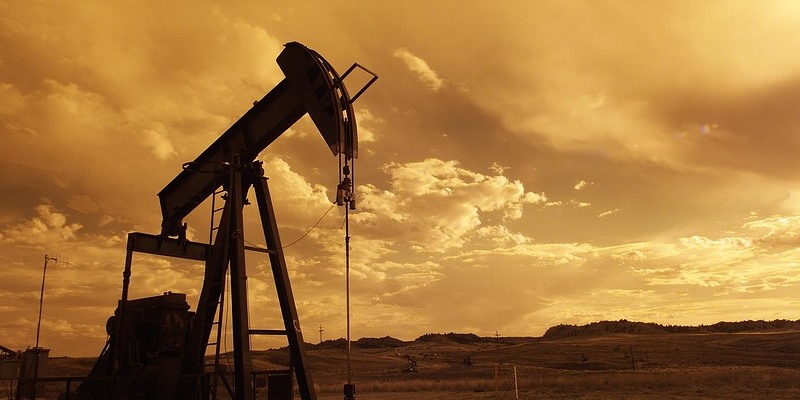Canada’s energy sector receives positive news—but challenges remain

Last week the Nebraska Supreme Court delivered a positive ruling for the Keystone XL pipeline, removing another major obstacle for the project. This news came only two days after Trans Mountain Corporation announced it would immediately resume construction on the long-delayed Trans Mountain Pipeline expansion project. These back-to-back pipeline announcements are welcome news for Canada’s embattled energy sector that has suffered from a combination of insufficient pipeline capacity and a barrage of poor policy decisions in recent years.
Due to the lack of adequate pipeline capacity and restricted market access, Canadian producers have received far less for their oil than their international counterparts. For example, in November 2018, the price differential widened and reached almost 70 per cent, meaning that WCS was sold at only 30 per cent of WTI.
In fact, according to a recent study, Canadian heavy oil producers lost C$20.6 billion last year in revenues compared to what other producers of similar products were receiving. That’s roughly 0.7 per cent of our national economy lost because we were unable to deliver our product to international markets to secure better prices.
In addition to pipeline constraints, increased taxation and regulatory requirements in recent years have exacerbated the issues facing the oil and gas industry. Canada’s recent policy and regulatory changes have been particularly damaging as deregulation and sweeping tax reforms in the United States have significantly improved the business environment in that country, particularly for the oil and gas sector.
Consider some of the policy changes that have been made to date in Canada. Two controversial bills (C-69 and C-48) passed into law late last month after more than a year of fierce opposition from senators, provincial policymakers and industry leaders.
Bill C-69, which overhauled Canada’s environmental review process, is set to make the regulatory system for major energy projects more subjective and uncertain. These new heavy-handed regulations raise serious questions about whether future pipeline projects will be built due the increased costs associated with the new process and its heightened uncertainty.
Similarly, Bill C-48, which bans large oil tankers off British Columbia’s northern coast, is another barrier to exporting Canadian oil to Asian markets where oil commands a higher price.
And that’s not all. Consider some of the other measures implemented alongside C-69 and C-48. The federal government, and many provincial governments including the former Alberta government, significantly increased energy regulations including a provincial cap on greenhouse gas emissions, new regulations of methane emissions, stricter ethanol regulations and a mandated coal-phaseout, among others things. Moreover, the federal government is currently developing a clean fuel standard designed to cut carbon emissions by 30 million tonnes annually by 2030.
On the tax front, governments across Canada have raised or maintained already high taxes on the energy sector. For example, Ottawa’s federal carbon tax is set to rise from $20 per tonne to $50 in 2022. Saskatchewan currently has the highest marginal tax rate on new oil and gas investment in North America. And British Columbia has some of the highest marginal tax rates on new natural gas investments.
Not surprisingly, recent investment data underscores the deteriorating investment climate in Canada ‘s energy sector. Between 2016 and 2018, the U.S. enjoyed a more than two-and-a-half times increase in investment in its upstream oil and gas sector (essentially, exploration and production) compared to Canada.
Clearly, Canada’s energy sector has faced challenges in recent years and the new pipeline announcements are a step in the right direction. However, policymakers should streamline regulations and adapt more competitive tax rates to restore investor confidence, for the benefit of Canadians.

